Teach Yourself How to Ski Better

Votes:
Stomp It Tutorials are running Ski Technique Camps in Zermatt and Laax. At these camps, their instructors use Carv in the boots of all the guests in combination with in-person coaching to push your skiing technique to the next level.
Sign up now and use the discount code CARV to save €150CHF.
It’s easy to get stuck in a rut when you’re a skier. Once you’ve got the basics, it’s tempting to sit back (excuse the pun..) and let bad habits develop over time. You might not want to spend any of your precious ski holiday back in ski school or having a lesson, but why not dedicate a little bit of your time on the slopes to improving your technique with these easy tips and drills.
Learn what good carving looks like
(1:54) First things first - learn what good skiing looks like. If you know how it’s supposed to look, you can strive to imitate it. Good carving means leaving clean cuts in the snow, keeping a constant speed, and gradually increasing and decreasing edge angle through turns. You shouldn’t be rotating your skis and should have a natural posture with perfect balance and smooth movements.

Analyse your skiing
(3:42) Once you can recognise good skiing, you can analyse your own. To do this, use the BASI model of Outcomes vs Inputs. Start with the outcomes - line control and speed control. Ask yourself if you’re able to manage both of these and if not why?
Then look at the inputs - these are split into steering elements and body management. Steering elements include rotation of the skis, edge angle (how much is achieved and is it smooth and in union) and pressure (harder to see when looking at someone else, but easy to feel in your own skiing). Body management includes posture (natural or forced?), balance and lastly movement (are the movements wide-ranging and accurate).
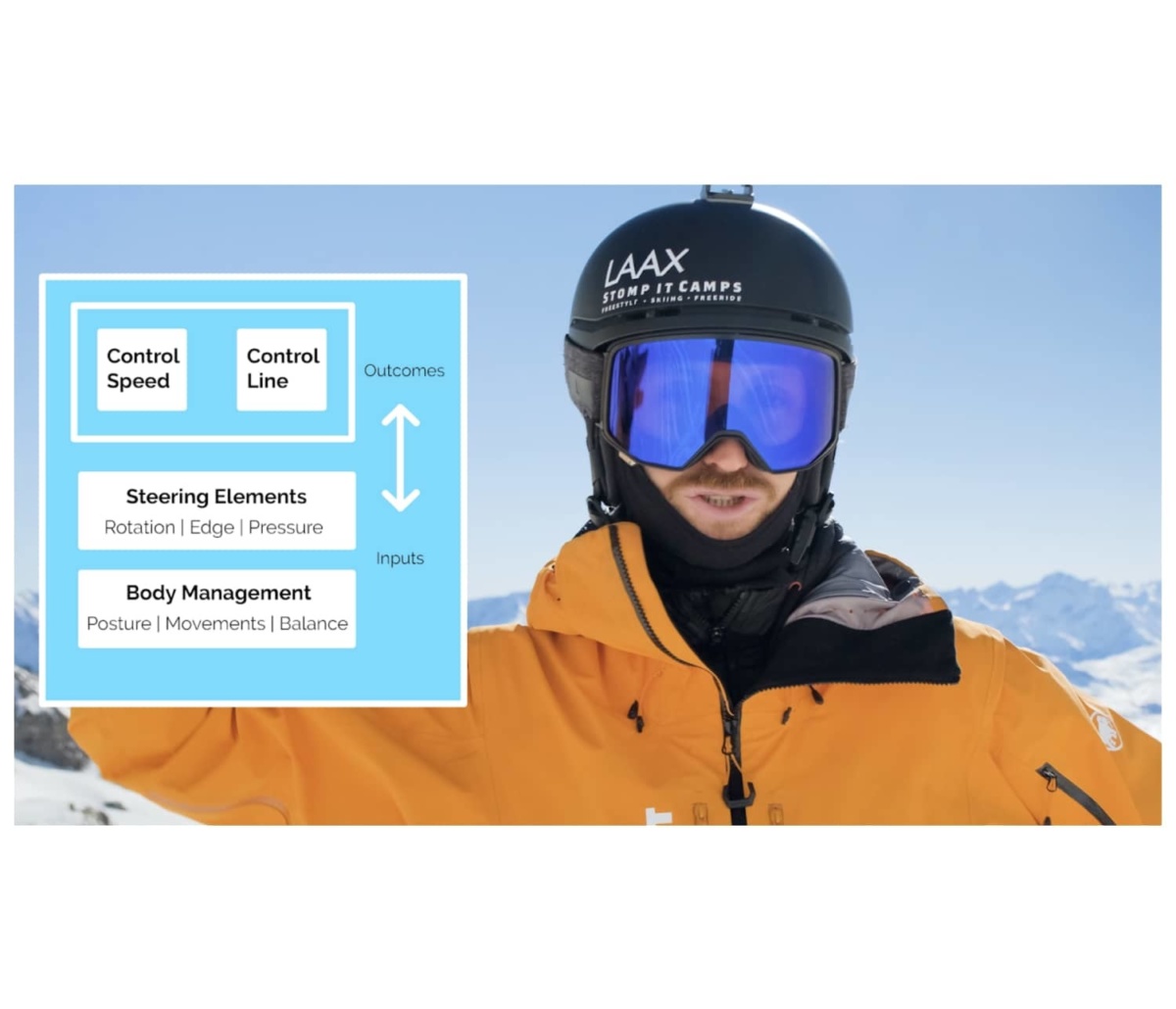
(4:40) Now use these principles to compare - in this case we’re comparing Jens with Tom. Both skiers have good outcomes - control over both line and speed. When we look at the inputs Tom, our ‘better’ skier, has a higher edge angle and more managed pressure. But it’s in body management where we see the biggest difference. Tom has a much larger range of motion, he gets his hip down to the snow and manages low and accurate transitions. Something to aim for!
Track your progress
(5:47) One way to stay motivated is to track your progress. A great way to do this is using video analysis - get friends to take videos of you skiing so you can watch them back and see what’s good and what could use improvement. By doing this you can track key metrics like edge angle and outside ski pressure and see how dynamic your skiing looks!
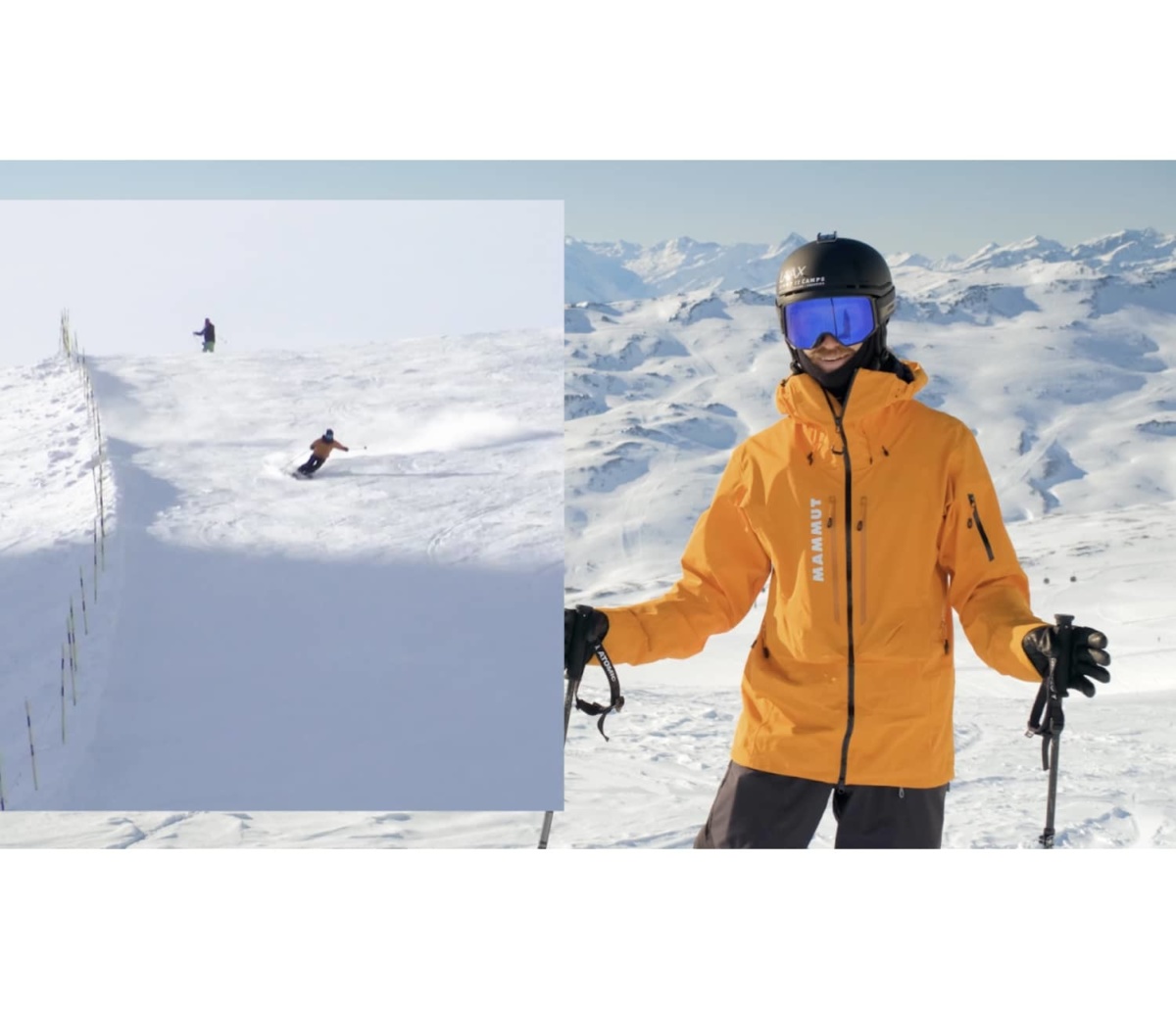
Track Key Metrics
(6:48) Another useful tool is the Carv insole, which gives real-time metric tracking. For example, Jens is working on his outside ski pressure after he fell due to it being too low.
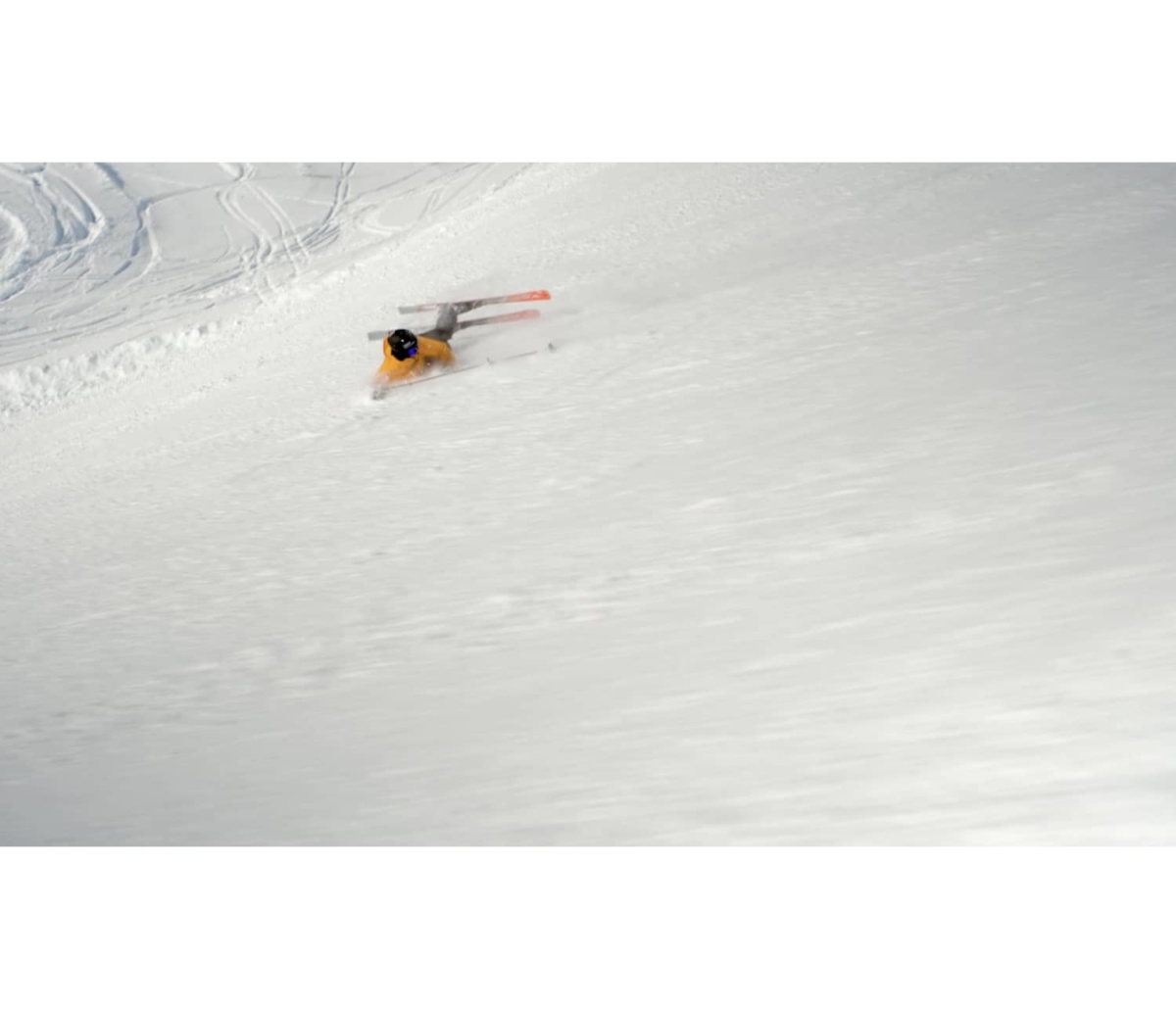
Carv allows him to choose a focus area, then provides him with instant data from each run, so he can track his progress. (7:51)
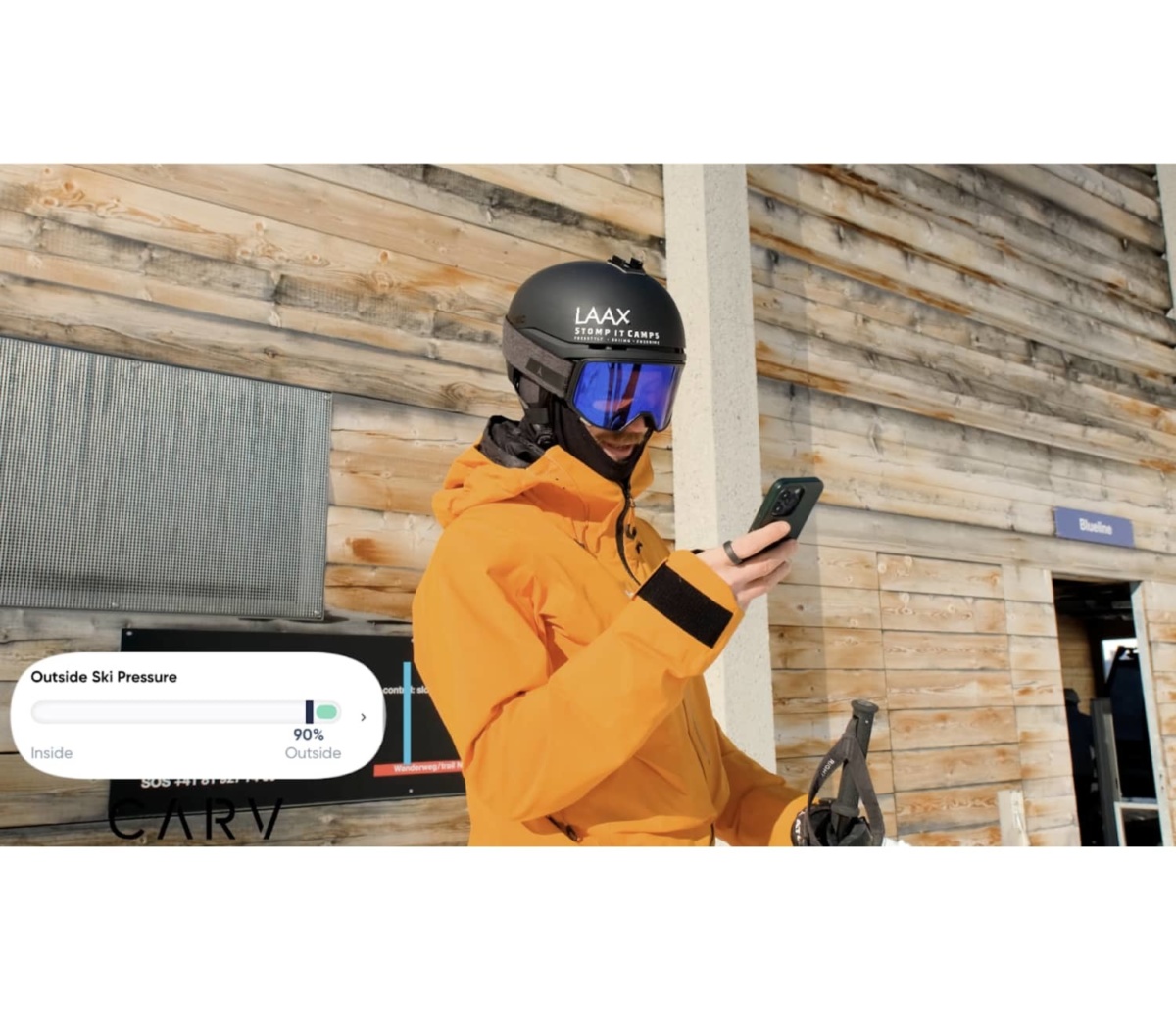
Fore-middle-aft movement
(8:22) One important key metric is the fore-middle-aft movement. This tracks range of movement during a turn - ideally, you should be moving forwards at the beginning of the turn, be centred in the middle of the skis during the middle of the turn before ending the turn on the heels a bit.
(9:01) If this area could use work, try the fore button drill - as you ski, imagine that you’re pressing a button with your skis in the of each turn to get you thinking about your posture.
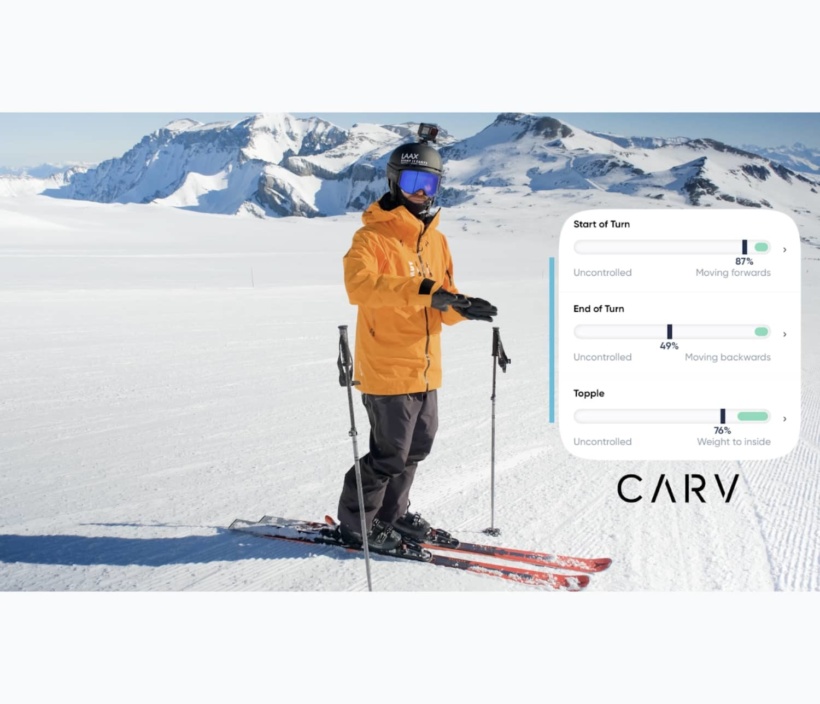
Edge Angle
(9:54) Our other key metric is the edge angle - a good indicator of the effort you’re putting in and your accuracy. You might find that if you concentrate on increasing the edge angle then other parts of your skiing suffer!
(10:26) To improve, find a fairly flat slope and put lots of effort into doing a few really aggressive turns before stopping and trying again. This should help you to feel the difference between a high and low edge angle.
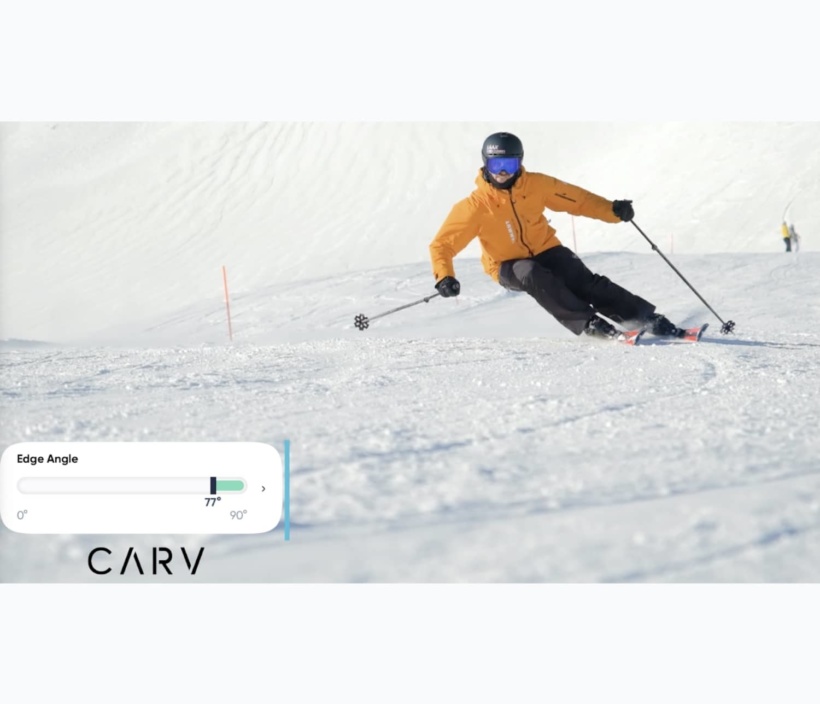
Get in touch with your feelings ;)
Better skiing will feel strange at first. It’s easy to slip back into more comfortable feelings and put less effort into your technique, but this won’t help you to progress. Skiing is all about the feelings you experience, so here are three feelings to be aware of.
As a beginner, focus on the sound your skis make. Skidding through the snow is loud, but once you start to carve it becomes silent and feels smooth. This is what you’re aiming for!
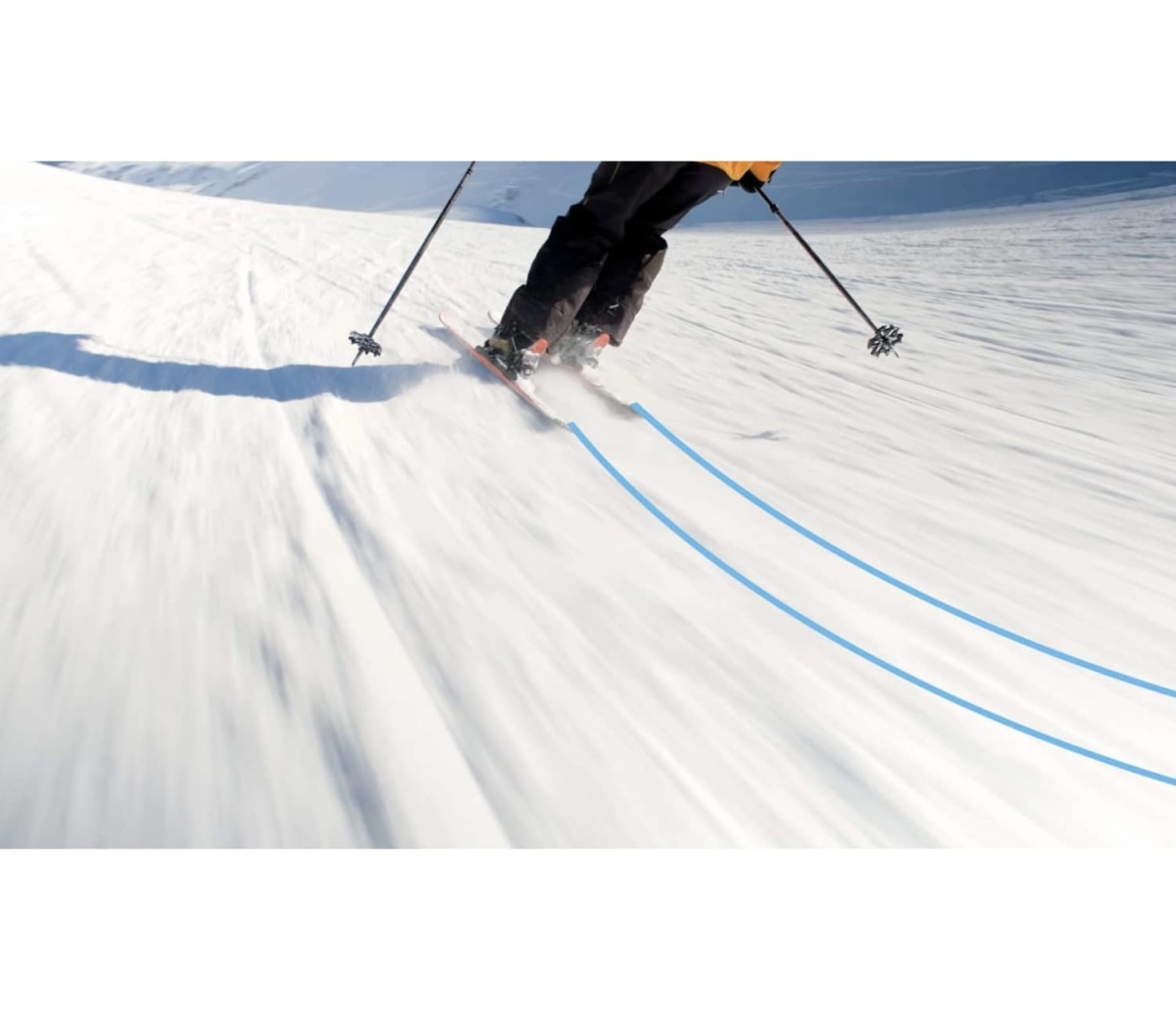
(11:46)As an intermediate, you should be looking for the sensation of the gradual build of pressure, changing from outside ski to outside ski as you turn.
(12:21) And for advanced skiers, consider the rocking motion as you move from between the fore - middle - aft position. You should be finishing your turn in the aft position so that the tails of your skis grip the snow, then moving into the forward position for your transition, so your feet are under your body. This can be a tricky thing to put into practice, but once you’ve nailed it, you’ll see a real difference in the ease of your movement through turns.
Mix it up
Our final tip is to mix it up! Skiing should be fun, so don’t spend hours doing technical drills. Intersperse them with just skiing with more awareness of feeling. That way you won’t get bored and revert back to old habits!
If you want to really push your skiing to the next level, then why not join one of our Stomp It ski camps, where you’ll get personalised tuition from our great instructors!
Sign up now and use the discount code CARV to save €150CHF.

Written by: Stomp It Tutorials
Ski technique and freestyle camps
Stomp It Tutorials lead in-person technique camps in Zermatt and Laax, Switzerland, where they combine Carv's objective analysis with in-person coaching to push your skiing technique to the next level.